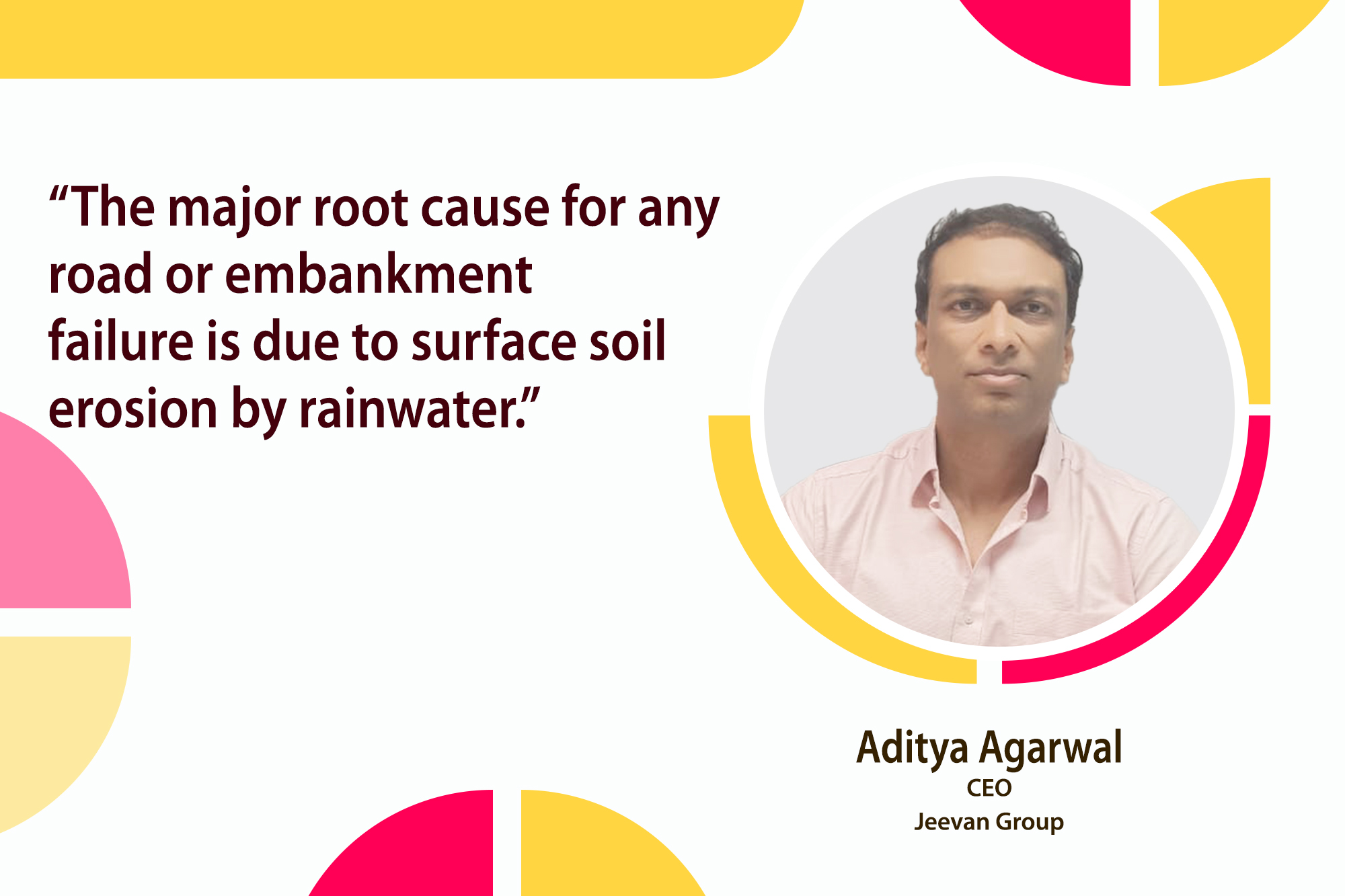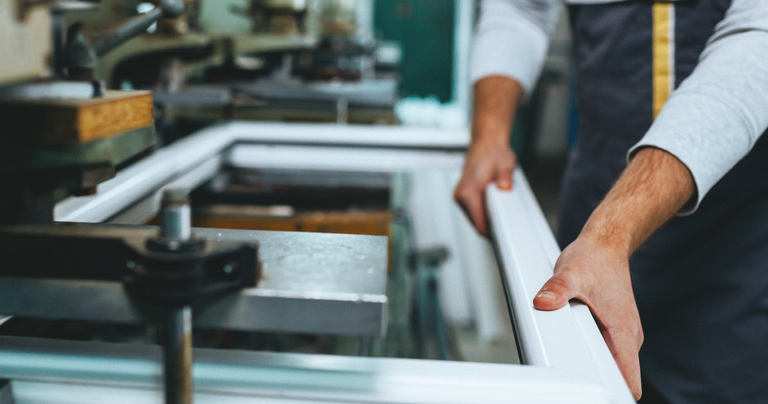Smart lifting: Trends in MHE
By Edit Team | July 6, 2023 6:47 pm SHARE

MHE experts highlight how forklifts and EOT cranes streamline logistics, boost efficiency, reduce manual labour, and ensure cost savings. Safety measures, customisation, and technological advancements drive innovation in India’s logistics industry.
Forklifts and EOT Cranes are cost-effective.
Material handling equipment significantly reduces this time by efficiently moving numerous loads faster. Additionally, it enhances safety, as handling heavy loads without such equipment can be laborious and risky.
According to Neville Mevawala, Head-Sales & Marketing at Godrej Material Handling, Godrej & Boyce, the process of logistics operations begins with suppliers and encompasses various stages such as factories, production systems, distribution of goods, and ultimately reaching the final consumer. “Ideally, it is efficient to minimise the time goods spend in the distribution chain, ensuring prompt delivery to consumers.”
Efficient and cost-effective logistics operations are crucial for businesses to thrive in today’s competitive market, says Nitin Babbar, Vice President – Sales, KION India. He further highlights that forklift trucks and crane manufacturers are key players in optimising warehouse management and material handling business. These vehicles and equipment are designed to handle large and heavy goods swiftly, enabling significant time and labour savings.
Whereas, according to A. Shanmugasundaram, Director – Sales & Marketing, Amsak Cranes Pvt. Ltd., “EOT cranes excel in efficient material handling by reliably lifting and transporting heavy loads, reducing manual effort, and boosting productivity.” Equipped with safety features like limit switches and overload protection, they prevent accidents and minimise damage to goods, resulting in cost savings.
Their flexibility and versatility are evident in configurations such as single-girder, double-girder, and gantry cranes, allowing customisation to meet specific logistics requirements. EOT cranes adapt to load capacities, traverse paths and operational environments, and optimise resource utilisation.
Governing regulations for the efficient and effective use of cranes and Forklifts
All manufacturers in India are expected to adhere to ISO standards, and the forklifts must also be certified by the Automobile Research Association of India (ARAI). Everyone that manufactures forklifts has to meet the given standards.
Expanding on this, Neville highlights that the ISO standards also encompass the regulation of emissions from diesel-powered equipment. These standards are continuously updated to align with European and American norms. Forklifts prioritise safety through a range of features. While ISO establishes fundamental standards, companies go beyond and implement additional precautions. Nitin highlights the growing popularity of electric forklifts powered by lithium-ion batteries, citing their longer operating times, faster charging cycles, and decreased maintenance needs.
When it comes to using EOT cranes in industrial settings, safety is of utmost importance. Strict regulations and multiple safety features are in place to safeguard workers, equipment, and materials. Shanmugasundaram emphasises the significance of regular inspections and maintenance to ensure the safe operation of EOT cranes. Industrial standards often require periodic inspections to evaluate the crane’s condition, covering mechanical components, electrical systems, and safety features. It is also important to understand regulatory and compliance requirements to ensure that the chosen material handling equipment (MHE) meets the necessary certifications and safety obligations for secure operations. By considering these aspects, organisations can make informed decisions to enhance operational efficiency and ensure compliance with safety standards.
The comprehensive safety measures ensure the well-being of workers and facilitate accountability in the event of accidents. Modern forklifts are equipped with advanced safety features, promoting efficient and secure operations.
Selecting the right MHE for project-specific requirements
Neville highlights several factors to consider, including the option of built-to-order equipment. This approach combines 5-6 modules based on the customer’s application and usage requirements. Key considerations include the type of items being handled, the characteristics of the flooring in the operational area, and whether the forklift will be used indoors or outdoors. Additional factors are considered if the forklift needs to operate in extreme weather conditions, such as near a furnace or smelting plant. These considerations play a crucial role in purchasing material handling equipment. While according to Shanmugasundaram, assessing the total cost of ownership, which includes upfront costs, maintenance expenses, and fuel consumption, is crucial in determining the most suitable equipment.
Maintenance criteria to obtain long-term reliability in procurement operations
Forklifts, classified as mobile equipment, require service based on operating hours rather than distance. Neville suggests that forklifts can easily last for ten to fifteen years with proper maintenance and trusted spare parts. While most people retire at around seven years, they can continue operating longer.
Technological advancements have transformed forklift trucks and MHE. Electric forklifts with lithium-ion batteries offer extended operation, shorter charging cycles, and reduced maintenance. Nitin discusses how automation technologies like AGVs and AMRs improve efficiency by minimising manual intervention. Remote-controlled forklifts enhance safety and integrate with WMS for real-time data exchange and task optimisation.
Shanmugasundaram emphasises regular inspections to assess the crane’s condition, including structure, electrical systems, mechanical parts, controls, and safety features. Timely attention to wear, tear, corrosion, misalignment, or damage prevents further deterioration. Following the manufacturer’s recommendations, proper lubrication of moving parts is vital for optimal performance. Regular checks and maintenance ensure peak functionality.
Implementing automation and remote control technologies
Remote control is not commonly used in the forklift industry, but it finds more application in the crane sector. Automation is gradually making its way into India, but its implementation requires a distinct approach. Achieving full automation, where forklifts become autonomous like robots, is possible but entails significant investments and maintenance costs. To adopt this new technology, Neville advises businesses and production models must change not only in terms of financial capability but also in reengineering processes to align with automation.
Nitin highlights the growing popularity of electric forklifts powered by lithium-ion batteries, citing their longer operating times, faster charging cycles, and decreased maintenance needs. Additionally, he discusses how automation technologies like AGVs and AMRs improve operational efficiency by minimising manual intervention. Remotely controlled forklifts enhance safety in hazardous environments and seamlessly integrate with WMS, enabling real-time data exchange and task optimisation.
The pace of change in our industry surpasses that of advanced nations during their developmental periods. This is a positive indication of progress and growth in the market. The MSME sector now embraces mechanised handling and forklift trucks, previously relying on manual labour. Large corporations predominantly used forklifts, but their increased adoption within the MSME sector is bringing about significant changes at the grassroots level. These trends, coupled with the government’s efforts in infrastructure development, power supply, and network expansion, are driving improvements in logistics. Forklifts play a crucial role in this logistics transformation, ensuring a promising future for the Indian industry.
Spokespersons and Quotes:
EOT cranes optimise material handling, enhancing productivity and cost savings – A. Shanmugasundaram, Director – Sales & Marketing, Amsak Cranes Pvt. Ltd.
The MSME sector’s adoption of mechanised handling and forklift trucks is changing the industry at a grassroots level – Neville Mevawala, Head-Sales & Marketing at Godrej Material Handling, Godrej & Boyce.
Technological advancements have revolutionised the capabilities of forklift trucks and MHE – Nitin Babbar, Vice President – Sales, KION India.
Cookie Consent
We use cookies to personalize your experience. By continuing to visit this website you agree to our Terms & Conditions, Privacy Policy and Cookie Policy.





















